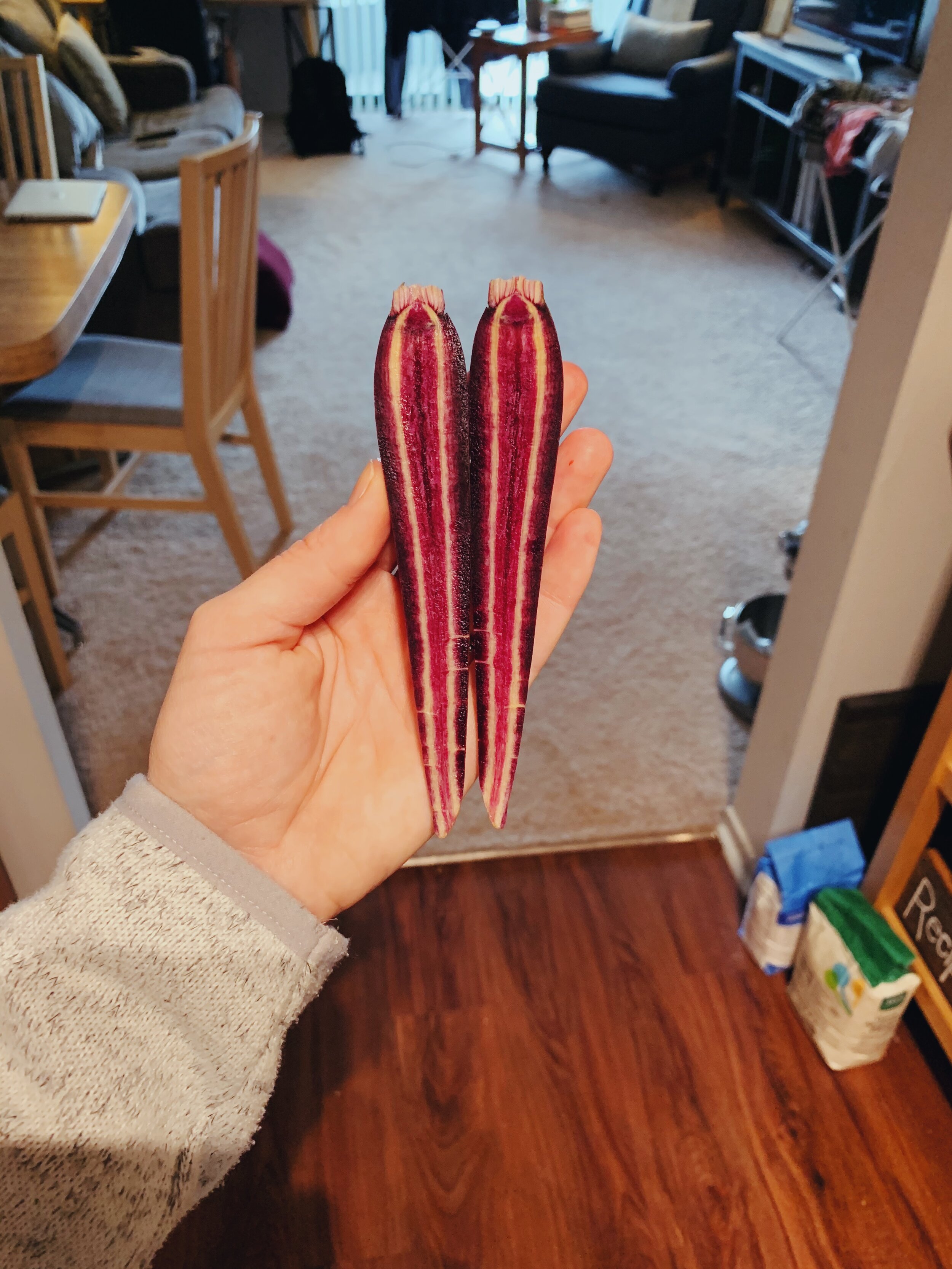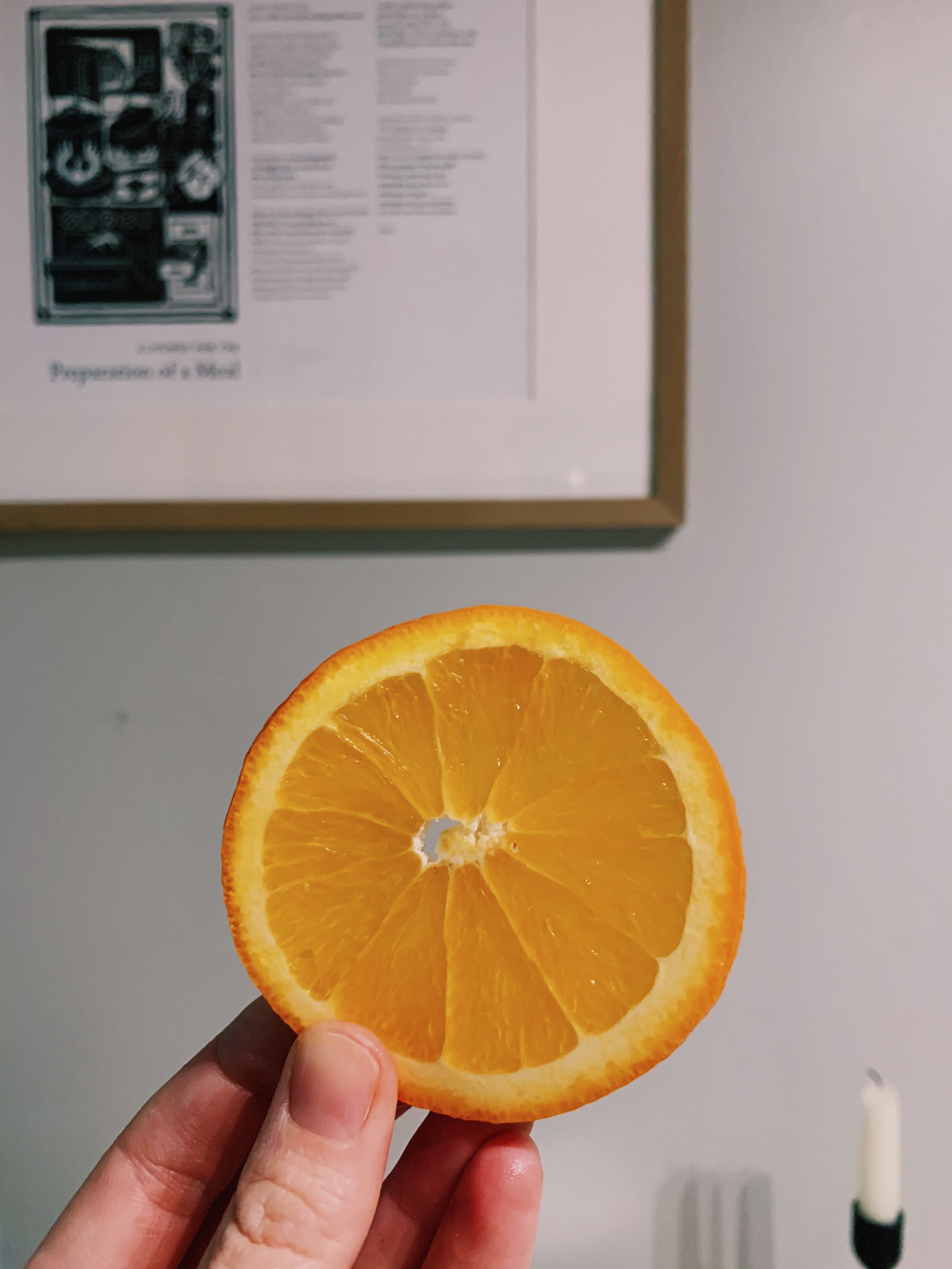Life is often a lot like making roasted tomatoes. You cannot decide you want it an hour beforehand. You must plan ahead. In the morning, you turn on the oven and set it to preheat. On a snowy day, this is a welcome action. The summer is a different matter. It’s true that your feelings change depending on the season you’re in. Don’t let that inconsistency throw you, let seasons be seasons.
To prepare the tomatoes, you first must cut them in half. Expose their insides, full of juices and seeds, membranes and pith. You place them in a deep, wide pan, putting all of your fruits in one proverbial basket. Their cut-sides look up, revealing their nearly identical designs. Fresh tomato faces, all in a row, giving you their full attention. You take it in. You choose to notice their beauty. To really look is always a choice. You’re tempted to bask in their fixation, but you know you must move on.
You reach for the large bottle of olive oil and pour it generously over the tomato faces. It is generous because olive oil is costly, and you can’t avoid the fact of expense, even when it comes to tomato sauce. A sprinkle of salt, a toss of thyme sprigs and garlic, and they’re ready for the oven.
Like many worthy endeavors, waiting is most of the effort. Active preparation took only a modicum of time. Now the world watches for your self control. The world of your apartment kitchen, that is. The scents of garlic and thyme perfume your apartment, making it hard not to salivate every time you pass the oven on your way to the sink. You drink way more water than normal. And just when you think you can’t wait any longer, the timer buzzes.
The shriveled, tender tomatoes keep sizzling in the golden glow of olive oil as you take out the pan. With great care, you spoon a tomato onto a piece of sourdough toast. The final touch, flaky sea salt. Some people might think you’re crazy for waiting three hours for this meal. But you know the truth. Waiting makes it all the more delicious.
124 recipes cooked, 101 to go.
























